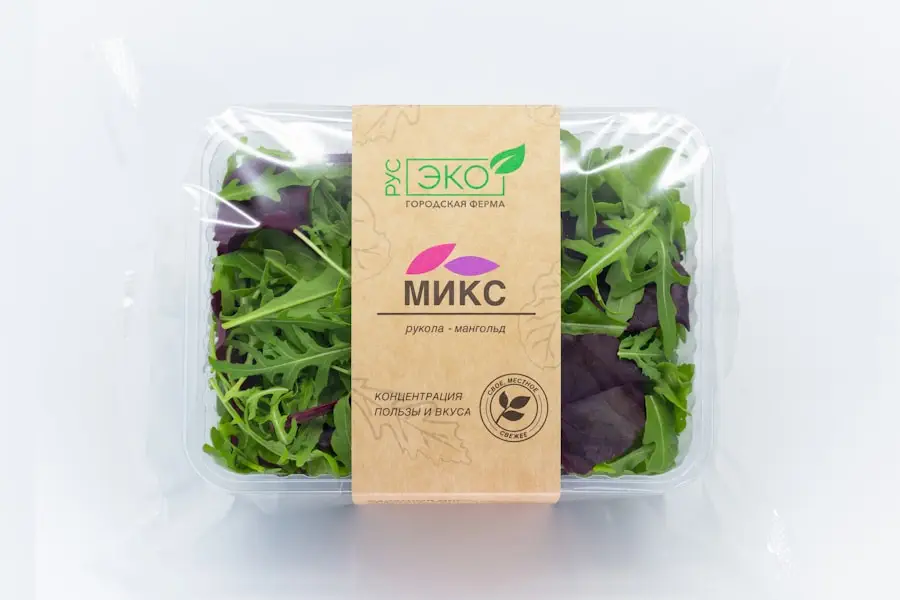Gout is a form of arthritis that occurs when uric acid builds up in the body and forms crystals in the joints, leading to inflammation and intense pain. The main cause of gout is an overproduction or underexcretion of uric acid, which can be influenced by genetic factors, diet, and lifestyle. The symptoms of gout typically include sudden and severe pain, swelling, redness, and tenderness in the affected joint, most commonly the big toe. Gout flare-ups can be triggered by certain foods, alcohol consumption, dehydration, obesity, and other health conditions such as high blood pressure and diabetes. It is important for individuals with gout to understand the causes and symptoms of the condition in order to effectively manage and prevent flare-ups.
Gout is a complex and chronic condition that requires careful management to prevent long-term joint damage and other health complications. Understanding the causes and symptoms of gout is crucial for individuals to make informed decisions about their diet, lifestyle, and treatment options. By recognizing the triggers and early signs of gout flare-ups, individuals can take proactive steps to manage the condition and improve their overall quality of life.
The Link Between Diet and Gout Flare-Ups
Diet plays a significant role in the development and management of gout flare-ups. Certain foods and beverages can increase the levels of uric acid in the body, leading to a higher risk of gout attacks. Foods that are high in purines, such as red meat, organ meats, seafood, and alcohol, can contribute to elevated uric acid levels and trigger gout flare-ups. Additionally, sugary drinks, fructose, and high-fructose corn syrup have been linked to an increased risk of gout. On the other hand, a diet rich in fruits, vegetables, whole grains, and low-fat dairy products may help lower the risk of gout flare-ups. It is important for individuals with gout to be mindful of their dietary choices and make adjustments to their eating habits in order to manage the condition effectively.
The link between diet and gout flare-ups underscores the importance of making informed food choices to prevent and manage the condition. By avoiding foods that are high in purines and making healthier dietary choices, individuals with gout can reduce their risk of flare-ups and improve their overall health. In addition to dietary changes, incorporating specific foods with potential gout-relief benefits, such as arugula, can further support gout management.
The Nutritional Benefits of Arugula for Gout Management
Arugula is a leafy green vegetable that belongs to the cruciferous family, which also includes kale, broccoli, and Brussels sprouts. It is known for its peppery flavor and nutritional benefits, making it a valuable addition to a gout-friendly diet. Arugula is low in purines, which are broken down into uric acid in the body, making it a suitable choice for individuals with gout. Additionally, arugula is rich in vitamins A, C, and K, as well as folate, calcium, potassium, and antioxidants. These nutrients have anti-inflammatory properties and may help reduce the risk of gout flare-ups by lowering uric acid levels and protecting against joint inflammation. By incorporating arugula into their diet, individuals with gout can benefit from its nutritional properties and support their overall health.
The nutritional benefits of arugula make it a valuable addition to a gout-friendly diet. Its low purine content and anti-inflammatory properties make it an ideal choice for individuals looking to manage their gout symptoms through dietary adjustments. By including arugula in their meals, individuals with gout can enjoy its unique flavor while reaping the nutritional benefits that support their overall well-being.
Incorporating Arugula into a Gout-Friendly Diet
Incorporating arugula into a gout-friendly diet can be done in various ways to maximize its nutritional benefits while adding flavor and variety to meals. Arugula can be used as a base for salads, mixed with other leafy greens or vegetables for added texture and flavor. It can also be added to sandwiches, wraps, or as a topping for pizzas or flatbreads. Additionally, arugula can be blended into smoothies or juiced for a refreshing and nutrient-packed beverage. By incorporating arugula into their meals regularly, individuals with gout can enjoy its unique taste while supporting their overall health.
There are numerous ways to incorporate arugula into a gout-friendly diet to maximize its nutritional benefits. Whether it’s adding it to salads, sandwiches, or smoothies, individuals with gout can experiment with different recipes and meal ideas to include arugula in their daily meals. By making arugula a staple in their diet, individuals can take advantage of its anti-inflammatory properties and support their efforts to manage gout flare-ups.
Arugula Recipes for Gout Relief
There are many delicious recipes that incorporate arugula as a key ingredient while providing relief for individuals with gout. One popular option is an arugula salad with fresh strawberries, goat cheese, and balsamic vinaigrette. This refreshing salad combines the peppery flavor of arugula with the sweetness of strawberries and tangy goat cheese for a delightful combination of flavors. Another option is a grilled chicken and arugula wrap with avocado and tomato. This protein-packed wrap is not only satisfying but also provides essential nutrients from the arugula, avocado, and tomato. For a quick and easy meal option, individuals can try a simple arugula pesto pasta dish. This flavorful pasta dish combines arugula with garlic, pine nuts, Parmesan cheese, and olive oil for a delicious sauce that pairs well with any type of pasta.
By incorporating these arugula recipes into their meal planning, individuals with gout can enjoy flavorful and nutritious meals while supporting their efforts to manage the condition effectively.
Other Lifestyle Changes for Managing Gout Flare-Ups
In addition to dietary adjustments, there are other lifestyle changes that individuals with gout can make to manage flare-ups effectively. Staying hydrated by drinking plenty of water throughout the day can help flush out excess uric acid from the body and reduce the risk of gout attacks. Regular physical activity can also support gout management by promoting weight loss, improving joint function, and reducing inflammation. Avoiding alcohol consumption or moderating intake can help prevent gout flare-ups as alcohol can increase uric acid levels in the body. Lastly, managing stress through relaxation techniques such as meditation or yoga can help reduce the risk of gout attacks by minimizing inflammation and promoting overall well-being.
By incorporating these lifestyle changes into their daily routine, individuals with gout can take proactive steps to manage the condition effectively and improve their overall quality of life.
Consultation with a Healthcare Professional for Gout Management
It is important for individuals with gout to consult with a healthcare professional for personalized guidance on managing the condition effectively. A healthcare provider can offer valuable advice on dietary adjustments, lifestyle changes, medication management, and other treatment options tailored to an individual’s specific needs. They can also monitor uric acid levels through blood tests and provide ongoing support to help individuals manage gout flare-ups successfully.
In conclusion, understanding the causes and symptoms of gout is crucial for effective management and prevention of flare-ups. By making informed dietary choices, incorporating arugula into meals for its nutritional benefits, trying out delicious recipes for gout relief, making lifestyle changes such as staying hydrated and being physically active, and seeking guidance from healthcare professionals, individuals with gout can take proactive steps to manage the condition effectively and improve their overall quality of life.

